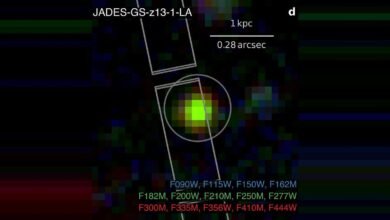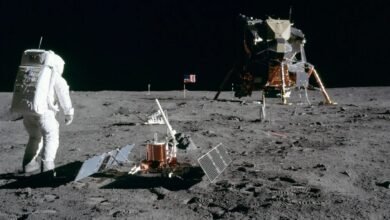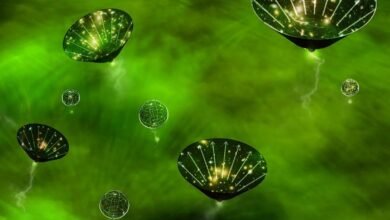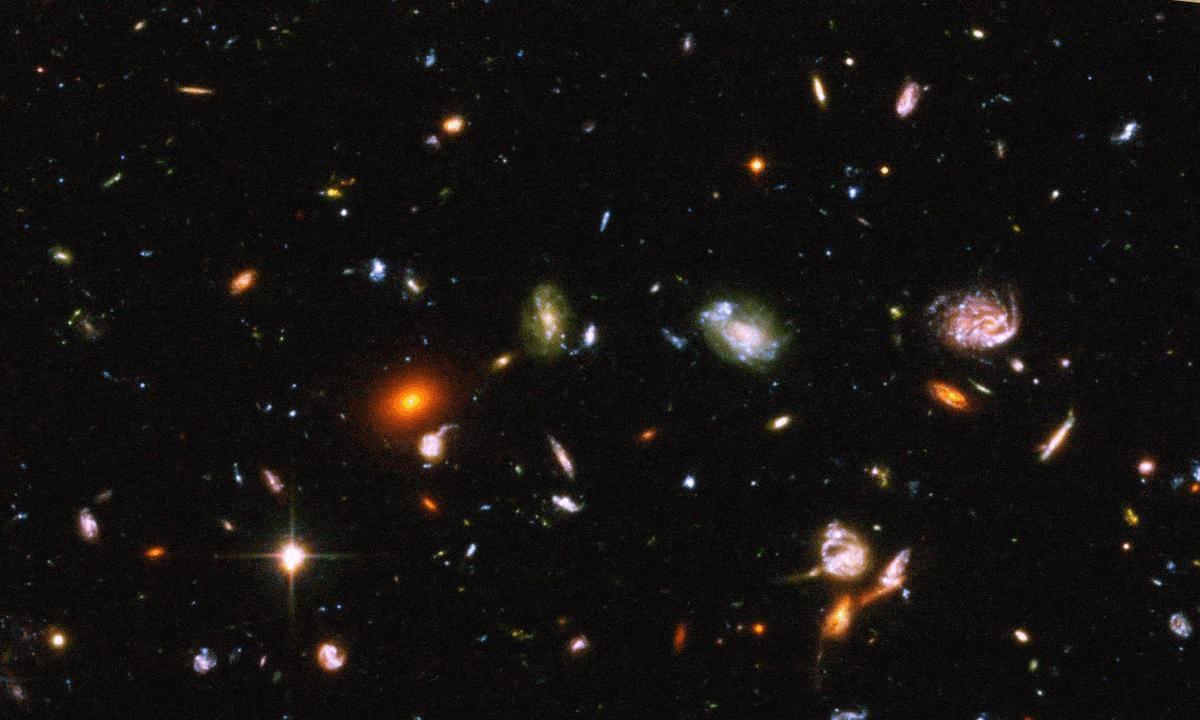Ask Ethan: Why doesn’t radiation dominate the Universe? | by Ethan Siegel | Starts With A Bang! | Jan, 2024

For every proton, there were over a billion others that annihilated away with an antimatter counterpart. So where did all that energy go?
Today, our Universe is filled with stars and galaxies, and is not only expanding, but the Universe’s expansion is accelerating. If we were to break up the Universe into the different types of energy that compose it, we’d find that it was dominated by dark energy, which makes up 68% of the Universe’s energy density. Next would be dark matter, as it composes some 27% of the Universe’s energy density, followed by normal matter (protons, neutrons, and electrons), that makes up about 4.9% of all that’s out there. The other 0.1%? That’s made of things like neutrinos and photons, where all photons and the fastest-moving neutrinos both behave as forms of radiation.
But if you think about how all that radiation came to exist, an enormous amount of it is left over from the Big Bang, and was generated when massive particle-antiparticle pairs annihilated. So why, if there were so many more particle-antiparticle pairs that annihilated as compared with the matter particles that get “left over” as normal matter, doesn’t radiation play a bigger role in the Universe? That’s what Terry Bollinger wants to know, writing in to ask:
“Since the early hot universe was an almost equal mix of matter and antimatter, shouldn’t the total gravitational mass of the cosmic microwave and neutrino backgrounds be billions of times greater than that of fermionic matter?”
The quick answer — before we unpack the in-depth explanation behind it — is that it was greater, once. But no longer. Here’s the science behind why.
What you see, above, is an illustration of the expanding Universe. It’s also an illustration of an unleavened ball of dough with raisins randomly sprinkled throughout it. If you were to take this ball of unleavened dough up to the International Space Station — where it would experience effective weightlessness — and let it leaven with time, you’d…
Source link





